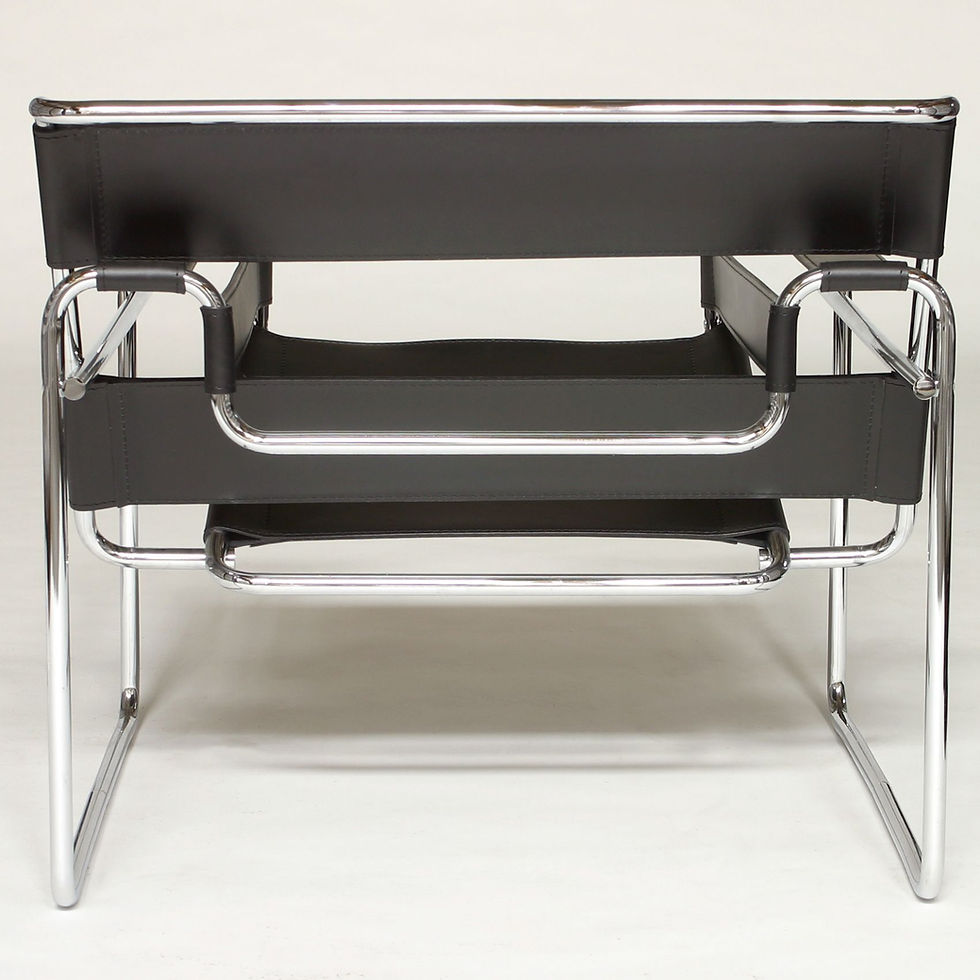OTTOMAN
ABOUT THE QUALITY
Ottoman in molded rosewood plywood handfinished in beeswax. Base supports of cast aluminum. Seat cushions in leather. Available while stocks last. MADE IN ITALY.
ABOUT THE PRODUCT
In the 1950’s, Charles Eames set out to design a modern answer to the Edwardian English club chair as a birthday gift for his good friend, the Academy Award-winning film director Billy Wilder. The famed designer wasn’t out to change the world. All he wanted was to make his friend a comfortable chair that had “the receptive look of a well used first baseman’s mitt”. In baseball terms, you could say Eames and his wife and partner hit a home run with their creation. The original Lounge Chair and ottoman, correctly titled Eames Lounge (671) and Ottoman (672) were released in 1956 after years of development by designers Charles and Ray Eames. This inspired beautiful set is exceptionally comfortable, and is recognized as one of Charles Eames most important designs.
ABOUT THE DESIGNER
Eames, Charles (1907-1978)
Eames, Charles (1907-1978), American architect and designer, best known for his seminal formfitting designs for chairs. He studied architecture under Eliel Saarinen and in 1940 collaborated with Eero Saarinen in designing a chair that won first prize in the organic furniture competition sponsored by the Museum of Modern Art in New York City. This chair, with a molded plywood shell, foam-rubber padding, and innovative rubber-weld joints, unfortunately proved too expensive for mass manufacture, but Eames continued to pursue his goal of creating an artistically valid design that could also be produced by modern mass-production techniques. In collaboration with his wife, Ray (Kaiser) Eames, he succeeded in 1946 with an elegantly simple chair consisting of a molded plywood back and seat, mounted on a tubular metal frame; this design became the prototype for much mass-production seating of the 1950s and ’60s. The Eamses’ most famous later design was a luxurious leather-covered reclining armchair with a matching molded ottoman. For their house (1949) in Santa Monica, California, they designed practical prefabricated elements—doors, windows, and walls—with which they hoped to popularise the construction of well-designed mass-production housing.





























